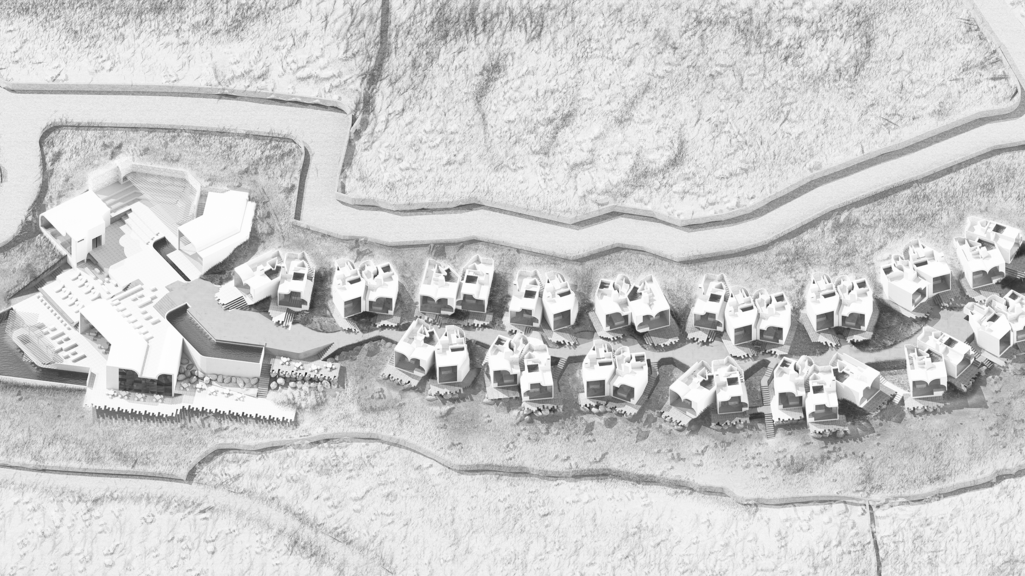
The Island, the Pods and the (Whitewashed) Glamorous
401 Advanced Topics Studio
2018
As urban developments in cities across the globe grow at a rate never seen before throughout history, our discipline seems to have failed to produce any underlying theory which could grapple with that which is decidedly not urban. Known as “the rural” or countryside, these areas are characterized for low density, low population and small settlements. Furthermore, the notion of island or “islandness” (while slightly different than that of the rural through its insularity and
remoteness) implies a literal territorial and geographic disconnection from the mainland, from its culture and identity. Remote islands particularly depend on external markets; present high costs for energy, infrastructure, transportation, communication and servicing; long distances from export markets and import resources; low and irregular international traffic volumes; little resilience to natural disasters; growing populations; high volatility of economic growth; a
proportionately large reliance of their economies on their public sector; and fragile natural environments.
In the early 1920s Le Corbusier visited Greece; specifically the Cyclades Islands. It is not necessary to convey the fact that the classical architecture of Greece would have an extraordinary influence on his subsequent work, as well as the vernacular style of islands like Mykonos and Santorini. Moreover he later stated: “Unless you have seen the houses of Mykonos, you cannot pretend to be an architect, whatever architecture had to say, it is said here” His passion for their plasticity, their wisdom of anonymous architecture and whitewashed vernacular was to become his pure expression of Modernism.
The studio intends to propose paradigms for island development and growth that incorporate architecture, landscape and territory as a form of “second nature”, a man-made ecology able to be at the same time integrated with its larger geography yet relatively autonomous and self-sufficient from it. The work is a “rural ensemble”, consisting of a grouping of both existing and new buildings on a large rural terrain. The class explores the construction of architecture not just as a formal whole, but as a figural patchwork wherein disparate and yet conforming styles, buildings and volumes coexist, strangely.
Related Faculty |
Georgina Huljich |
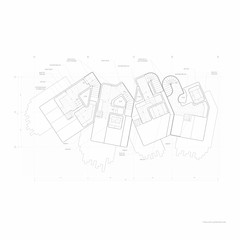
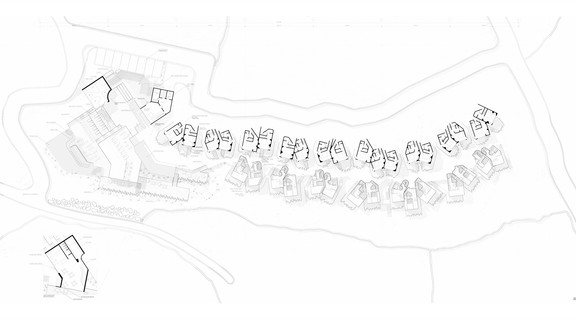
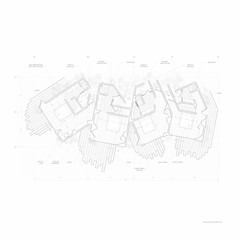
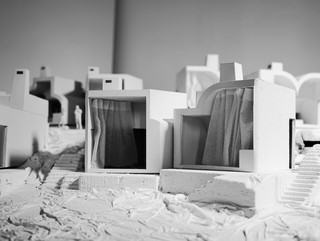
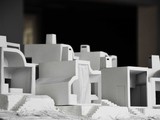
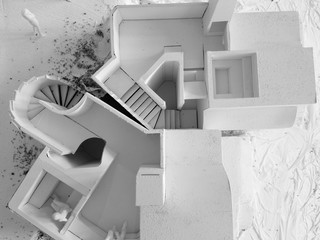
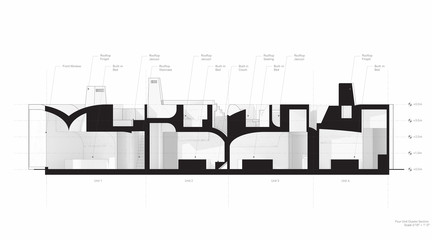
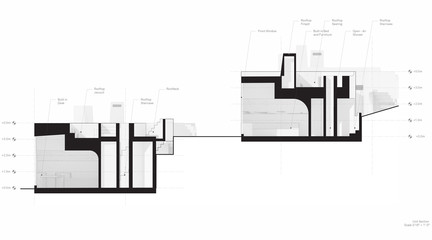
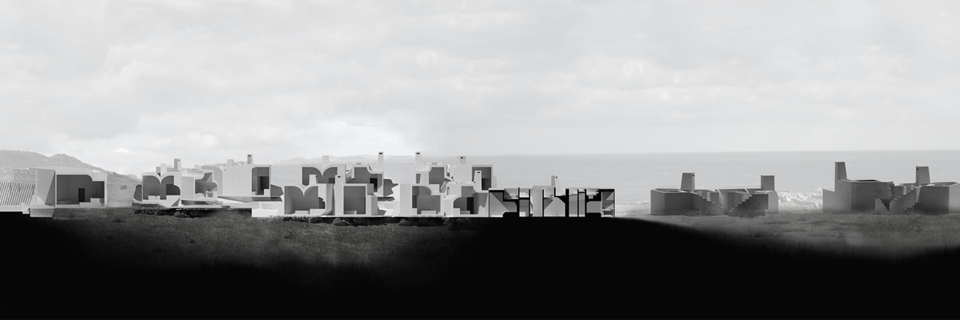
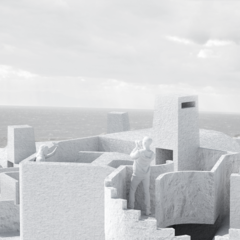
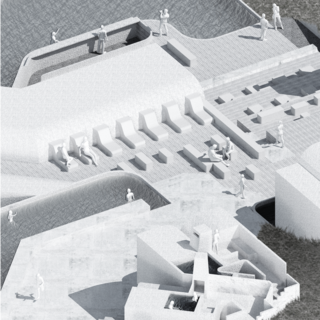
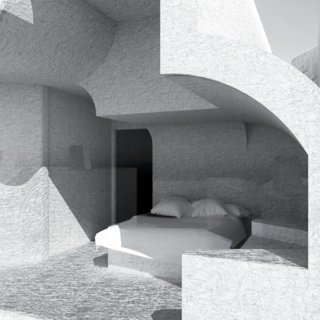
- Kyle Reckling, Yeqi Wang
- Kyle Reckling, Yeqi Wang
- Kyle Reckling, Yeqi Wang
- Kyle Reckling, Yeqi Wang
- Kyle Reckling, Yeqi Wang
- Kyle Reckling, Yeqi Wang
- Kyle Reckling, Yeqi Wang
- Kyle Reckling, Yeqi Wang
- Kyle Reckling, Yeqi Wang
- Kyle Reckling, Yeqi Wang
- Kyle Reckling, Yeqi Wang
- Kyle Reckling, Yeqi Wang